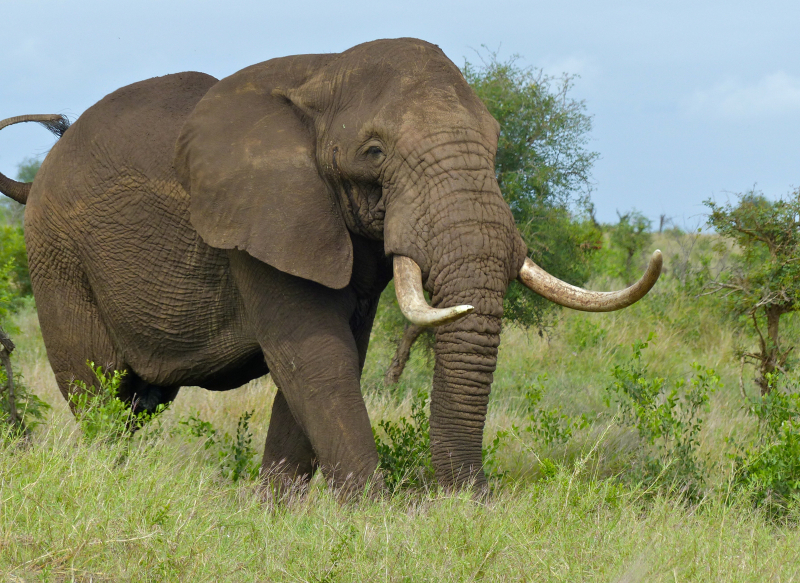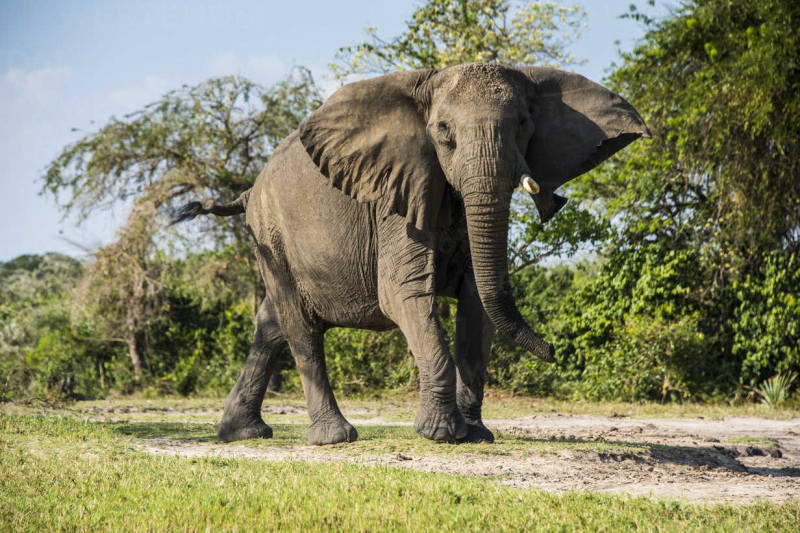African Bush Elephant (Loxodonta africana)
The African Bush Elephant (Loxodonta africana), also known as the African savanna elephant, is one of two living African elephant species. It moves between a variety of habitats, including subtropical and temperate forests, dry and seasonally flooded grasslands, woodlands, wetlands, and agricultural land from sea level to mountain slopes. In Mali and Namibia, it also inhabits desert and semi-desert areas. With bulls attaining a shoulder height of up to 3.96 m and a body mass of up to 11.5 short tons, it is the largest living terrestrial animal. They live in marshes, woods, grasslands, and woodlands, as well as on agricultural land, and are spread out across 37 African nations.
Females experience menstruation every three to four months, and they have the longest gestation period of any mammal - 22 months during their pregnancy. Being a gregarious animal, it travels in herds made up of cows and their young. An herbivore, the African bush elephant. Its primary food sources include grasses, creepers, and plants. Adults have a daily caloric limit of 150 kg. The diet also contains leaves and bark during the dry season. Calcium is particularly abundant in tree bark.












